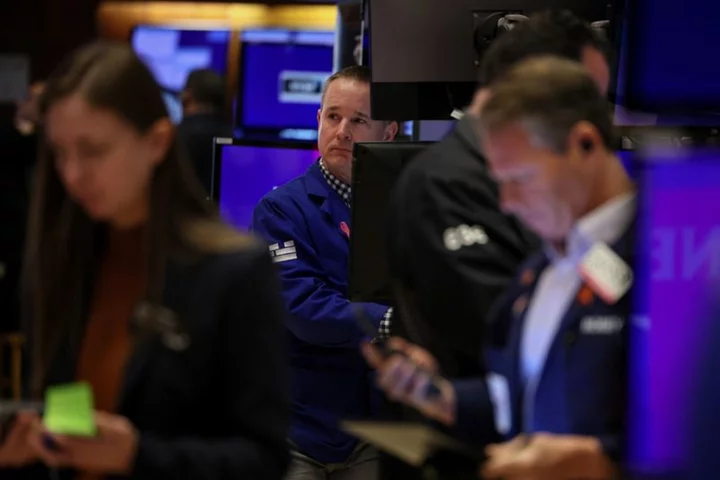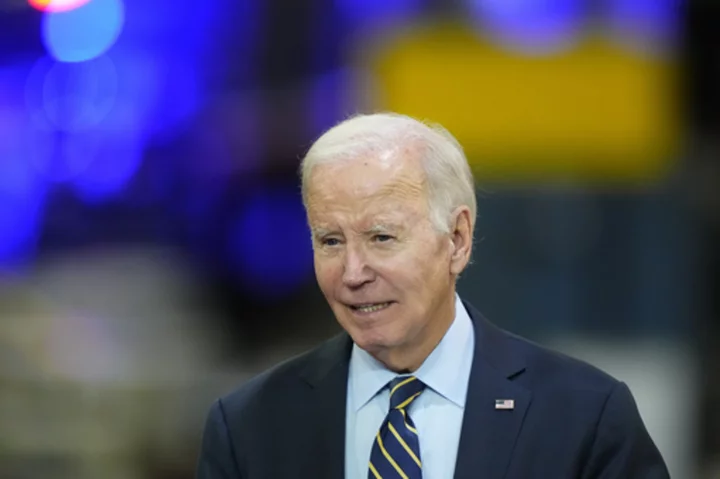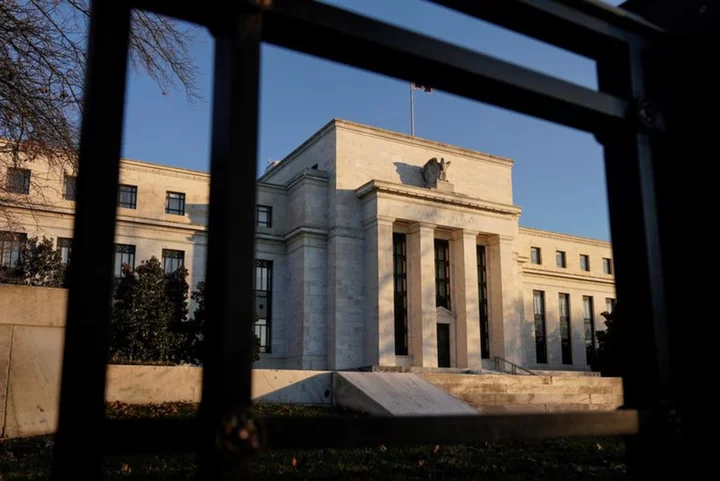By Mike Dolan
LONDON If a re-emerging risk premium in bonds is down to government debt sustainability worries, central banks may need to lobby their Treasuries that it's undermining their control of credit.
U.S. Federal Reserve officials are puzzling over why bond borrowing rates spiked lately even as Fed policy expectations have remained largely unchanged. Whether a resurfacing "term premium'" now demanded to buy and hold longer-term bonds, is responsible is central to the conundrum.
If a sustained or even more volatile risk premium tightens or loosens credit beyond what's intended by the central bank, it clearly complicates its policy transmission to the wider economy at a critical juncture.
As most economists put the creeping premium down to nervousness around rising mounting public deficits, debts and bond sales - and little prospect of them being reined in soon -central banks may have to start an uncomfortable campaign of publicly warning their political masters.
Britain's brief budget and debt shock late last year and the way the Bank of England was forced to react was perhaps a taster.
But much hinges on degree to which investors are justified in demanding added compensation for fiscal jitters.
Former International Monetary Fund chief economist Olivier Blanchard this week framed the debt sustainability nerves around the relatively simple question of whether interest costs on the debt now exceed economic growth projections - 'r minus g' in budget math algebra.
In a piece published by Washington's Peterson Institute for International Economics, Blanchard fretted that a long period of negative 'r-g' that sustained debt piles without much bother may now be ending as surging borrowing costs force economic slowdown and possibly recession.
Unless long-term rates sink back again or primary budget deficits that exclude servicing costs are returned to zero, he reckoned rising debt piles as a share of gross domestic product was "inevitable", putting them at risk of "exploding".
"Once current debt has been refinanced and the average interest on debt reflects the higher long rates, absent changes in policy, debt ratios will increase," Blanchard wrote. "We must make sure that they do not explode."
So much for simple arithmetic. The issue is, as ever, more complicated.
Fiscal inertia in the United States and Europe doesn't encourage much optimism on tighter budgets and hopes of ebbing interest rates are likely just that as long as inflation remain above targets. And a durable rise in bond term premiums based on fear of the former may even cut across policy easing optimism.
A U.S. primary budget gap of some 4% of GDP makes "the challenge is even stronger," Blanchard wrote. "Given the current budget process dysfunction, one must worry that the adjustment will not take place any time soon."
Neither does he think that a sudden draconian bout of austerity, akin to that seen in Europe after the 2008 banking crash, is a solution as it merely damages growth even more - with all the attendant social and political upheaval to boot.
DYSFUNCTION AND EXPLOSION
There were tinges of optimism though.
If major economies at least start to reduce primary deficits toward zero they can still likely sustain debt ratios at higher but stabilising levels, he said. What's more, the impact of higher long-term rates may soon sow the seeds of lower short-term ones to partly offset.
"It is not good, but it is not catastrophic," he wrote, but added that simply doing nothing did risk the feared explosion.
Like all budget maths, however, there's myriad moving parts.
Based on the Congressional Budget Office's June projections and assumptions - before the latest bond yield spike - U.S. debt-to-GDP was forecast to almost double to 180% by 2053.
That was based on a 10-year Treasury rate of 3.9% this year rising to 4.5% in 30 years time, with an average rate on all Federal debt rising to 4% from 2.7% this year.
But since June, 10-year yields have already risen to 4.5% and the average rate on all Treasury borrowing has topped 3%.
The flipside is that U.S. growth too has accelerated beyond forecasts - to an annualised 4.9% in the last quarter.
But based on standing IMF forecasts from last month, full year real U.S. GDP growth is still expected to be just 2.1% this year and 1.5% in 2024 - far below both the average interest rate on Federal debt and the current 10-year yield, and with next year's outlook below the current 10-year real rate of 2.1%.
So 'r-g' turning positive may well be sounding alarm bells among investors, especially as they've not yet seemed to ring in Congress.
The makings of a spiral are clear unless the Fed were to rise the rescue - and yet it may not be in control of all the cards.
If it's determined to hang tough on rates until fully quashing inflation and sticking to its balance sheet rundown, the central bank may have to revert to public pressure on fiscal policy - a tricky manoeuvre in an election year.
In the meantime, more sanguine bond investors are relying on crumbs of comfort that the Fed seems done tightening at least and U.S. fiscal expansion has peaked at last - at least for now.
"We see little reason to expect legislation with a meaningful fiscal impact before the 2024 election," concluded Morgan Stanley in a recent report, adding a "modest fiscal contraction" may even be possible if Congress fails to pass full-year appropriations bills by January.
Either way, 2024 seems pivotal and monetary policy is no longer the only game in town.
The opinions expressed here are those of the author, a columnist for Reuters
(by Mike Dolan; Editing by Marguerita Choy)









